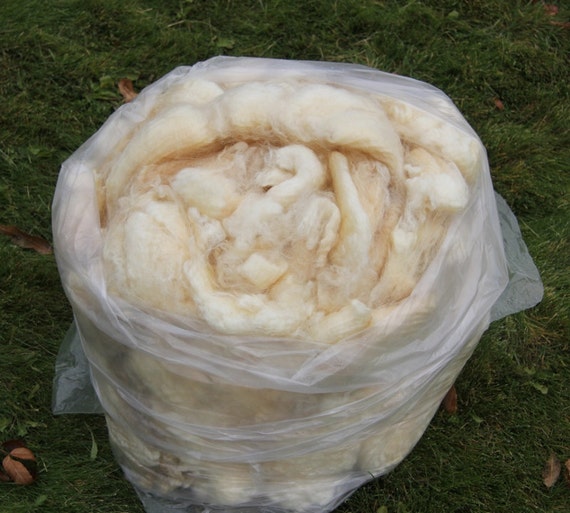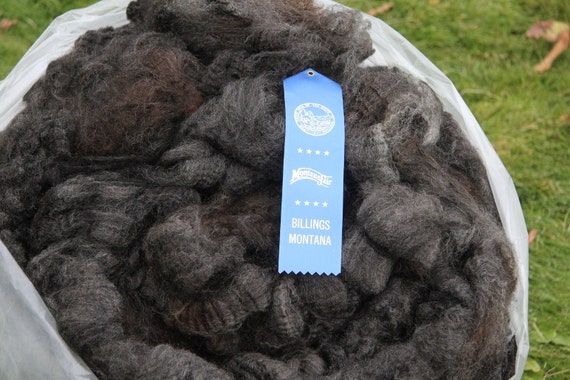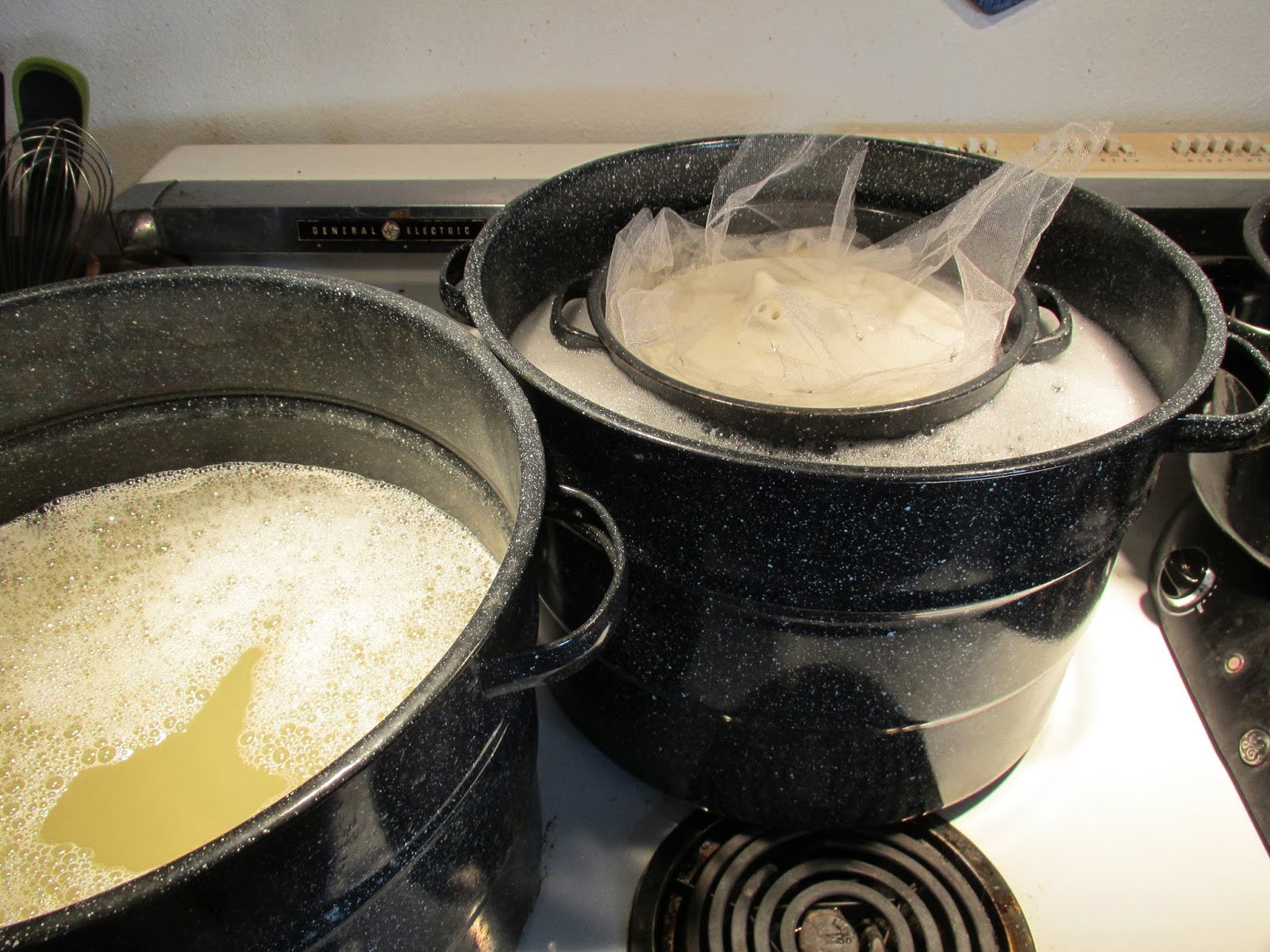Stone Donut With Gem Set Bail
| I love these stone donuts. I wanted to make a bail that would enhance them without obscuring too much of the stone. This is what I came up with. This tutorial assumes a basic knowledge of metal clay technique. |
|
PMC 3 paste shaping tools - roller, cards, tissue blade, paint brushes, emery boards, needle tool, files, texture sheet or rubber stamp circle template oval template 8mm rod polymer clay 40-50mm stone donut 8mm calibrated gemstone cab 8mm fine silver round bezel cup 5mm fine silver round bezel cup 1/4" 5mm sterling tubing 800 grit wet dry sandpaper finishing tools - wire brush, burnishers or tumbler Stone setting tools - stone pusher and curved burnisher particle mask kiln | |
Roll the end of the oval over and 8mm rod (I use a glass lampworking rod). Allow the clay to dry.
| |
*Hint: this is a great way to easily attach posts to earrings :) | |
Easy method: Solder the 5mm bezel cup to the back of the textured circles using the method described above. If you are using the easy method you could use a piece of fired pmc tubing instead of the sterling - it just has to fit in the 5mm bezel cup and extend from the backplate through the stone donut. | |
Easy method: Set the stone in the cup... | |
Sit back and admire your work.
Of course you can ;)
Enjoy!
















































